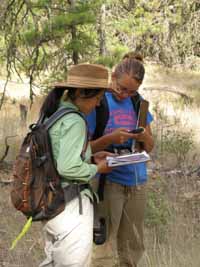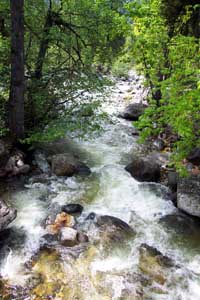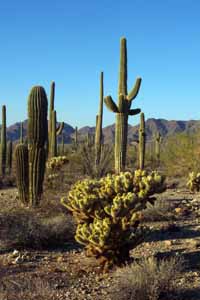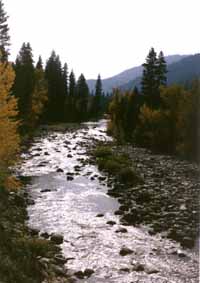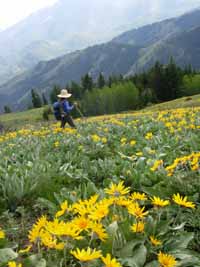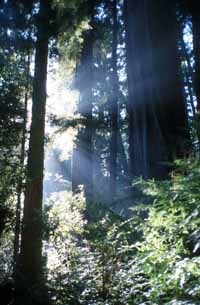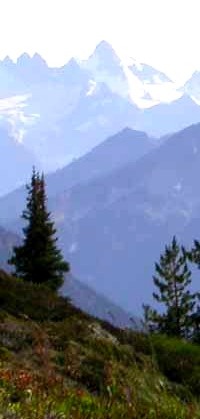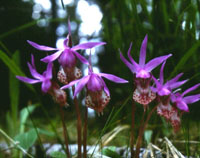Publications on Terrestrial Ecosystems
Upper Columbia Basin Landscape Analyses and Ecological Studies
Landscape Prioritization and Reserve Design in the Interior Columbian River Basin, 1995.
Ecosystem Studies in Washington
Natural Resource Information and Conservation Decision Support for the Wenatchee River Basin, 2002.
Wenatchee Basin Natural Resource Profile and Conservation Prioritization, 2001.
Loomis State Forest Wetland Mapping Project, 2000.
North Cascades Ecosystem Biodiversity Analysis, 1995-1996.
National Monument Analyses
Scientific justification for Columbia Mountains National Monument, 2000.
Scientific justification for Proposed Medicine Mountain National Monument, 2000.
Landscape Analysis of Proposed North Cascades National Monument, 2000.
Sonoran Desert National Monument Ecosystem Studies
Appendices to the Sonoran Desert National Monument study, 2003.
Native Grass Abundance in the Sonoran Desert National Monument, 2004.
Vegetation Studies in the Methow Valley in North Central Washington
Methow Valley Wildlife Area Rare Plant and Vegetation Survey, 2006.
Bowen Mountain section of the Methow Valley Wildlife Area - Rare Plant and Vegetation Survey, 2007.
Vegetation Studies in State Parks
Click below for lists of all state parks by region
Mt. Spokane State Park
Mt. Spokane State Park Forest Health Report, 2007.
Mt. Spokane State Park Forest Health Report Appendix M, 2007.
Mt. Spokane State Park - Wildlife Habitat for 21 Focal Species
Mt. Spokane State Park - Impact of Proposed Trails on Wildlife
Mt. Spokane State Park - Trails, Recreation and Wildlife
Mt. Spokane State Park - Cumulative Effects Analysis
Mt. Spokane State Park - Vegetation and Wildlife Habitat Survey of Mt. Kit Carson
Mt. Spokane State Park - Habitat Unit Map
Mt. Spokane State Park- Impact of Parking and Maintenence Facility on Vegetation and Wildlife
Mt. Spokane State Park - Proposed Actions from a Landscape Perspective
Mt. Spokane State Park - Impact of Proposed Trails on Vegetation
Copyright © Pacific Biodiversity Institute
